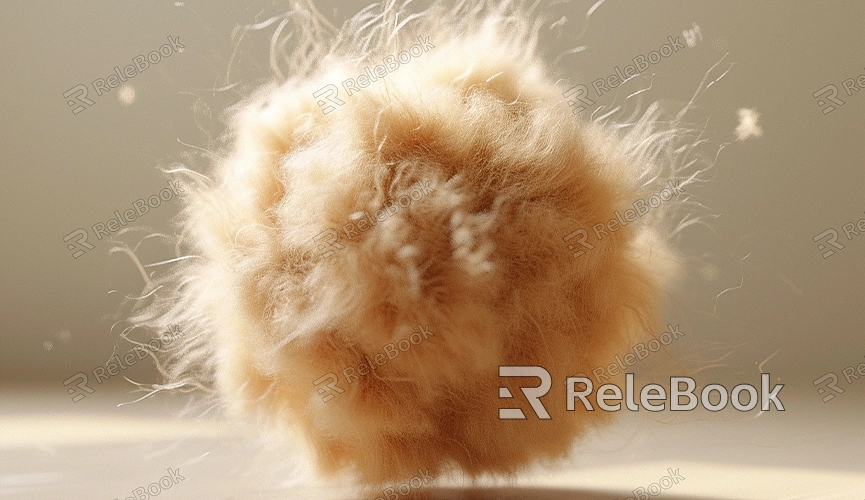Blender Texture Paint Brush
When it comes to texture painting in Blender, there are many brush tools available. Through Blender's texture paint brush tools, we can directly paint textures on the surface of 3D models, adding colors, details, patterns, and more to give the model a more realistic appearance. Below are the common steps and processes for using texture paint brushes in Blender.

1. Open Blender: Launch the Blender application and open your project file or create a new project.
2. Select Texture Paint Workspace: In the Blender interface, choose the Texture Paint workspace, ensuring that you are operating within the texture painting environment.
3. Choose Painting Brush: In the toolbar, locate the "Brush" option and select a painting brush that suits your needs.
4. Adjust Brush Properties: In the properties panel, adjust the brush properties such as size, hardness, color, etc., to meet your painting requirements.
5. Brush Base Color: Use the brush to apply a base color to the model's surface, providing a foundation for subsequent texture additions.
6. Add Details and Texture: Switch between different types of brushes, progressively adding details and textures to enrich the model's appearance.
7. Adjust Brush Texture: Modify the brush texture as needed, whether it's a custom texture or a preset texture style.
8. Switch Between Brushes: During the painting process, switch between different painting brushes to achieve various texture effects.
9. Real-time Preview and Adjust: In Blender, preview the texture effects in real-time and adjust brush properties as needed to ensure the best visual outcome.
Common Blender Texture Paint Brushes:
1. Nature Brush: Use the nature brush to add textures of trees, grass, and other natural elements to the model's surface, creating natural landscape scenes.
2. Watercolor Brush: Switch to the watercolor brush to add soft, artistic textures to the model, resembling the effects of a watercolor painting.
3. Metal Texture Brush: Use the metal texture brush to paint metal surfaces, showcasing metallic textures and reflection effects.
4. Leather Brush: Switch to the leather brush to add leather texture to the surface of character models, enhancing the realism of clothing.
5. Flame Brush: Use the flame brush to paint flame effects on the model's surface, injecting dramatic and textured elements into the scene.
6. Snowflake Brush: Use the snowflake brush to add snowflakes to buildings, trees, etc., creating a winter snow scene effect.
7. Glow Brush: Choose the glow brush to add glowing effects to the surfaces of objects in sci-fi scenes, creating a futuristic ambiance.
8. Oil Paint Brush: Use the oil paint brush to add an oil painting effect to the model's surface, giving art creations a unique artistic atmosphere.
With these brush tools, you can directly paint textures on 3D models in Blender, adding color and detail. This is particularly useful when creating game models, animated characters, or virtual scenes. If you need high-quality 3D textures and HDRI or 3D model downloads, you can find them on Relebook. Simply download and import the textures and 3D models directly into your project.

